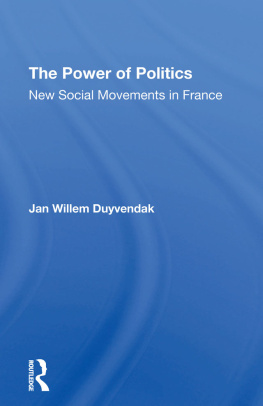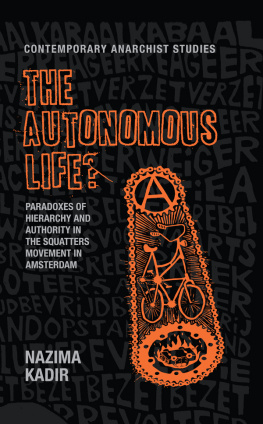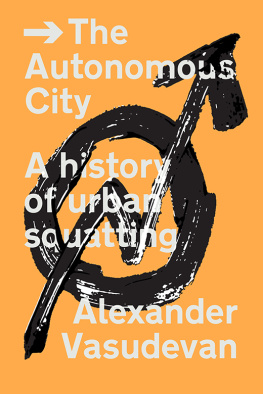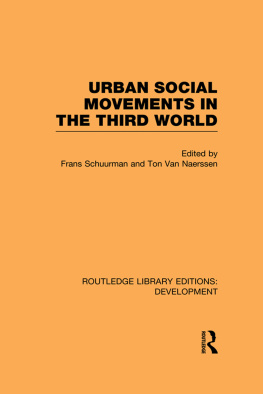
Squatting graffiti in Amsterdam, 2007. Photo: Josh MacPhee.

Squat action at the Eerste Oosterparkstraat in Amsterdam. Photo: Hans Bouton.
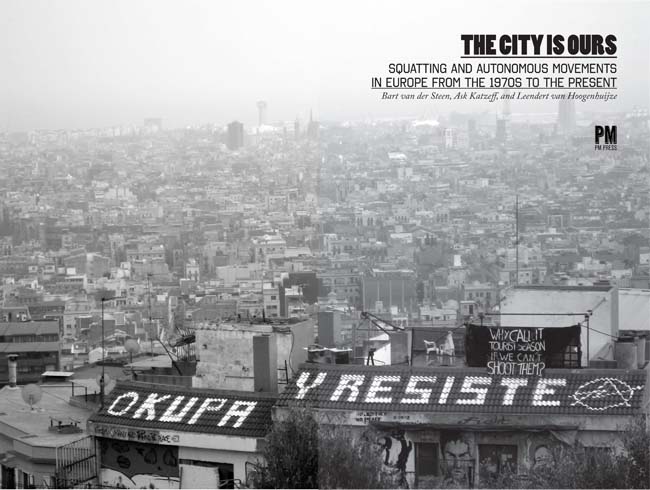
Graffiti on the roof of Blokes Fantasma, Barcelona, 2009. Photo: Josh MacPhee

Ungdomshuset poster, Copenhagen. Courtesy of Interference Archive.
The City Is Ours: Squatting and Autonomous Movements in Europe from the 1970s to the Present
2014 Bart van der Steen, Ask Katzeff, and Leendert van Hoogenhuijze
This edition 2014 PM Press
ISBN: 978-1-60486-683-4
LCCN: 2013956924
Cover and interior design: Josh MacPhee/Antumbradesign.org
10 9 8 7 6 5 4 3 2 1
PM Press, PO Box 23912, Oakland, CA 94623
www.pmpress.org
Printed in the USA.
Contents
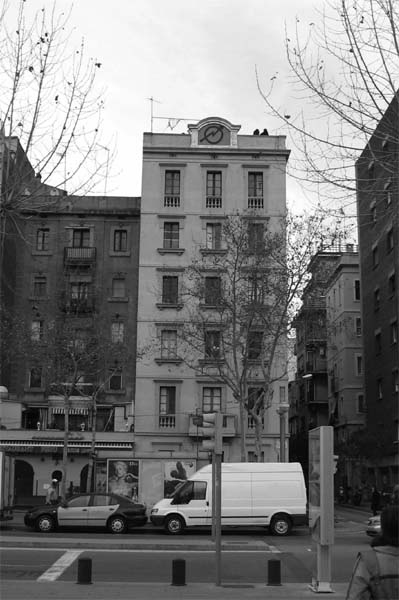
The squat symbol marks Miles de Viviendas, a former squat in the Barceloneta neighborhood in Barcelona, 2009. Photo: Josh MacPhee.
Preface
George Katsiaficas
RECENT INSURGENCIES SUCH AS the Occupy movement of 2011 seem to arise from nowhere. The book you are holding in your hands provides evidence to the contrary. Strikingly similar European movements emerged decades ago in more than a dozen countries. Long before anyone talked about the 99%, squatters in Europe were taking over what belongs to all of usour homes. Despite political, linguistic, and cultural differences, these grassroots upsurges ran on parallel paths. All were self-directed and simply refused to remain observant of the 1%s monopoly on housing.
These instances of revolt may be largely unknown, but they are empirical proof of movements continuity. The mainstream media have portrayed the New Left of 1968 as larger than life, thereby turning subsequent waves of protest into parodies, if not entirely ignoring them. Simultaneously, the mythologised events of 1968 have been used to legitimate the integration internationally of protesters into the Establishment after the high point of protests.
Outside the realm of media spectacles, however, the everyday experiences of tens of thousands of people in many parts of the world in the 1970s were of struggles for world peace, for equality of men and women, for justice for racial minorities, and for decent places for human beings to live. As radical clusters of activists emerged within European peace and feminist movements, counter-cultural squatters galvanised a multifaceted formation independent of political parties that eventually became known as the Autonomen. By creatively synthesizing direct-democratic forms of decision-making and militant popular resistance, the autonomous activists embodied a new kind of politicsa conscious spontaneityor merger of theory and practice that did not rely on professional politicians.
Beginning in the 1970s, European squatters fought for and won control of hundreds of group houses, where they lived collective forms of life that negated the atomisation of contemporary society; their egalitarian and leaderless structures stood outside normal hierarchical relationships rather than reproducing them; and autonomously determined campaigns and productions avoided the alienation of heteronomously determined work. In their everyday lives, squatters lived differently and proved that life can be fun, that relationships can be heartfelt, that domination is unnecessary, and that life can be more than consuming endless gadgets and gimmicks. Squatters occupation of public space transformed individual survival into communal ecstasy and collective autonomy. As we become familiar with them, we can understand how squatters freed their everyday lives and brought depth and continuity to more narrowly focused movements.
Although such marginal groups appear to exist on the edge of society, they are often central to social change. From those excluded by the two-thirds society, social movements emerged which ushered in new values (feminism, sexual liberation, equality for foreigners) and new forms of social organisation (group living, self-directed programs of work and study, cooperative working relationships). Within the autonomous womens movement and the upsurge against nuclear power after Chernobyl, youthful squatters led generalised resistance to the system as a whole. As citizens initiatives and new social movements followed their own internal logic, the radical autonomous activists expressed fundamental opposition to the capitalist world system. From Italy via Zurich, the ideas of generalised resistance appeared in Hamburg and Berlin, where, merged with the practice of Dutch squatters, the German Autonomen were consolidated. In addition European squatters played a critical role in forging the black bloc, a militant tactic for protests that spread internationally from Europe.
By the mid-1980s, as activists consolidated their groups, they went beyond ritualised marches around single-issue campaigns and local issues. They built urban bases that served as focal points for autonomous dual power. The proliferation of movement tactics, and ideas, which I have termed the eros effect, grows from the capacity of human beings to grasp instinctually the need to be freeand to find ways to do so. The subversive potential of largely unknown actions is revealed in this book. Step by step, movements build upon each other. As Bart van der Steen notes, From 1968 to the present, there has been a continuity of radical left movements in Western Europe, and in the evolution of these movements, history has played an important role. In fact, the history of the radical left from 1968 to the present can be seen as a continuous attempt to overcome the failures and weaknesses of predecessor movements.
For their part, the authorities also learned from history. After 1968, police carefully drew European radicals into increasingly violent confrontations. At the same time, German authorities led an international propaganda offensive against squatters, attempting to isolate and criminalise them by linking them with urban guerrilla groups. Internationally coordinated police assaults were not far behind. The new police tactic can be traced to Roman Herzog, then minister of the interior in Baden-Wrttemberg (and, from 1994 to 1999, president of Germany), who publicly charged that the Red Army Faction was infiltrating and recruiting from the squatters movement. Authorities claimed to be able to link 70 of 1,300 known squatters to armed groups. The mass media ran stories pointing out that Knut Folkers, serving a life sentence for terrorism, had been arrested in 1974 in a squatted house, and Susanne Albrecht (then Wanted for Terrorism) had been part of a group that had occupied a vacant house in Hamburg in 1973. Connecting squats and guerrilla fighters was one of the governments chief means of trying to isolate the movement, which, for its part, refused to ignore the plight of the imprisoned terrorists.
As RAF members died from prison hunger strikes and assassinations, riots broke out as a result of peoples frustration and rage. With activists isolated and embittered, secretive militant actions replaced public protests as many peoples choice tactic. Many people envisioned a military breakthrough, yet most failed to appreciate that such a rupture would have to involve millions of ordinary citizens. Individuals may be compelled by circumstances beyond their control to resort to desperate measures to survive, but to determine the movements overall strategy mainly from externally imposed circumstances is to foreclose the insurgencys self-determination. As the tactics of underground individuals overdetermined the popular movements articulation of its own vision and direction, one immediate effect was the stifling of popular participation.
Next page

